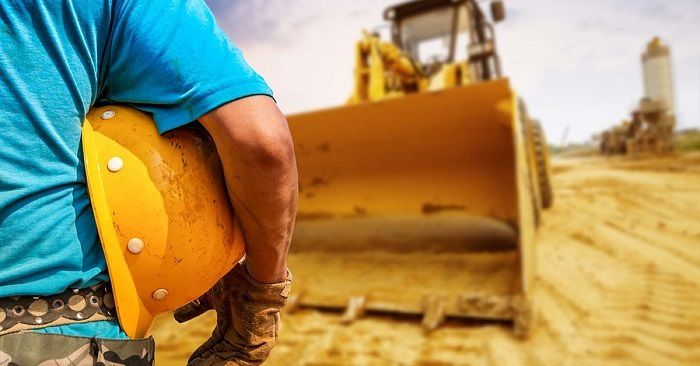What Safety Measures Should Heavy Construction Equipment Operators Take
Construction sites are busy places where heavy gear and equipment ensure architectural ideals are realized. Despite their importance, these powerful devices pose serious safety concerns to operators and neighboring workers. When using heavy construction equipment, it is essential to have strong safety precautions in place to maintain a secure working environment. This article will discuss these safety precautions under several sections.
Training and Certification
Anyone who want to operate heavy construction equipment must go through extensive training and get the required credentials. The particular tools, safety precautions, and emergency methods are covered in this course. Operators must know the machine’s controls and functioning and how to avoid dangers.
Regular Equipment Inspection and Maintenance
The safe functioning of heavy equipment depends heavily on routine inspections and maintenance checks. Before using equipment, operators should check brakes, lights, hydraulics, and other vital parts. For the equipment to function at its best, routine maintenance, such as oil changes, filter replacements, and lubrication, is necessary.
Personal Protective Equipment (PPE)
On construction sites, wearing the appropriate personal protective equipment is required. This comprises steel-toed boots, hard helmets, high-visibility jackets, gloves, and hearing protection. PPE protects users against possible risks and guarantees their security in the event of an accident.
Clear Communication
On construction sites, effective communication is essential, particularly when using heavy machinery. Radios or hand signals should be used by operators to communicate with ground staff. Accidents may be avoided and the movement of the equipment can be made clear to all parties.
Avoid Overloading and Load Securement
Each piece of heavy machinery for construction has a designated load capability. Operators must never go beyond these restrictions since doing so might cause instability and accidents. To stop loads from moving while operating, proper load securement is also essential.
Observe Environmental Factors
Operators must take into account external variables including the terrain, visibility, and weather. Extreme weather may have an impact on how well equipment works, and slick surfaces can cause accidents. When operating in low light, proper lighting and visibility aids are very important.
Watch for Blind Spots
Large blind zones on heavy construction equipment might conceal other employees or objects. To improve visibility, drivers should be aware of these blind areas and utilize mirrors or cameras. When the machinery is running, ground workers should stay out of these locations.
Maintain a Safe Distance
Everyone working on the building site must keep a safe distance from moving machinery. Workers should avoid walking or standing near the machinery unless absolutely required, and they should keep out of its path.
No Unauthorized Access
Heavy construction equipment should only be operated by authorized workers who have been trained. Accidents and damage to the machinery may come from unauthorized access to equipment.
Emergency Response Plan
A clear emergency response strategy should be in place in case of mishaps or equipment failure. This plan should include how to turn off equipment, provide first aid, and call for assistance from emergency services as needed.
Conclusion
Construction equipment and public works (Maquinaria construccion y obras úblicas) are necessary for the development and expansion of infrastructure projects. To safeguard the lives of individuals working on and near these powerful devices, it should always be operated with the greatest caution.
On any construction site, ensuring the safe functioning of heavy machinery is of utmost importance. Construction sites have to be locations where the wellbeing of everyone working there is prioritized along with getting the job done.
